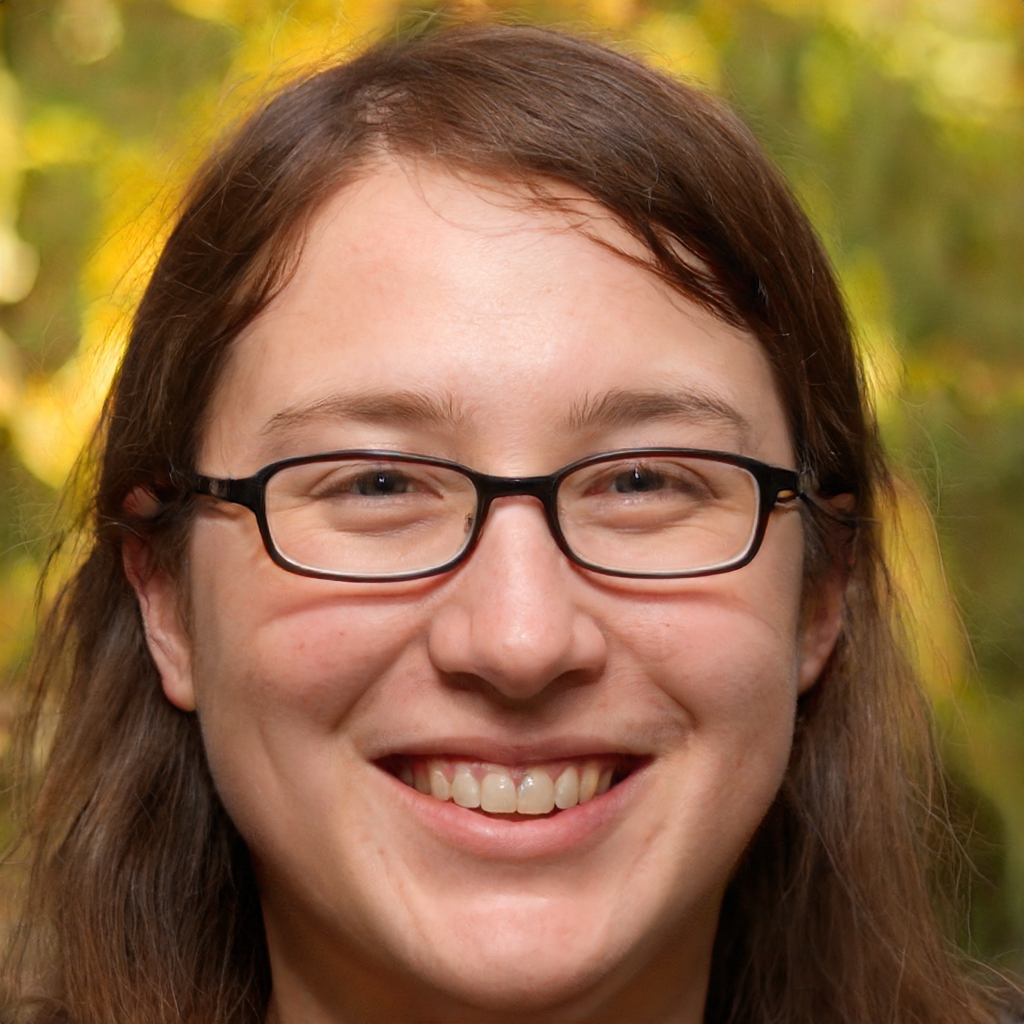The Microsoft-owned social network for professionals recently changed its algorithm and explains to users how to increase post views
Maybe you don't know it, but behind what you see in your LinkedIn feed there is not a simple chronological order, but complex algorithms that decide which posts are the most suitable for you. If you want to get noticed on LinkedIn, then, you should know the basics of how these algorithms work and what's important to this social.
The team of engineers at the Microsoft-owned social network has explained in broad strokes how the LinkedIn feed works, explaining some changes to the algorithms that should be able to select even better the content that the feed shows you. And the feed, you know, is where you can gain the visibility that can take you to a leap in your professional career. But how does the feed of content that is shown to you, and others, on LinkedIn work? The feed, engineers explain, is put together through a two-step process.
Machine learning
In the feed's meanderings, a machine learning algorithm silently runs around, working to identify the best conversations for each member. This algorithm analyzes tens of thousands of posts and ranks them by relevance (with our interests, experiences, and preferences learned over time). The most relevant post goes to the top of the feed.
To be able to do this in such a short amount of time, the algorithm works in two steps. In the first step, a preliminary list of candidate conversations is created to enter the feed: updates from the network, job tips, and sponsored content. In the second pass, this list is skimmed and LinkedIn shows you the final feed.
In reality, multiple algorithms act during each of these passes, but over 80% of feed updates come from the main FollowFeed algorithm, and those updates contribute to over 95% of member conversations.
How to get visibility on LinkedIn
"To facilitate professional conversations in the LinkedIn feed, we've introduced 'contribution' as an additional goal in the candidate selection model," the social engineers explain, essentially confirming what we already know: to be successful on LinkedIn you need to interact with content produced or shared by other users, participate in discussions, offer your own contributions. The more activities of this type we do, the more our content will be included in the feed of other users: "The model also takes into account the timely feedback to content creators, which is a clear signal to cultivate and retain their audience on LinkedIn".
